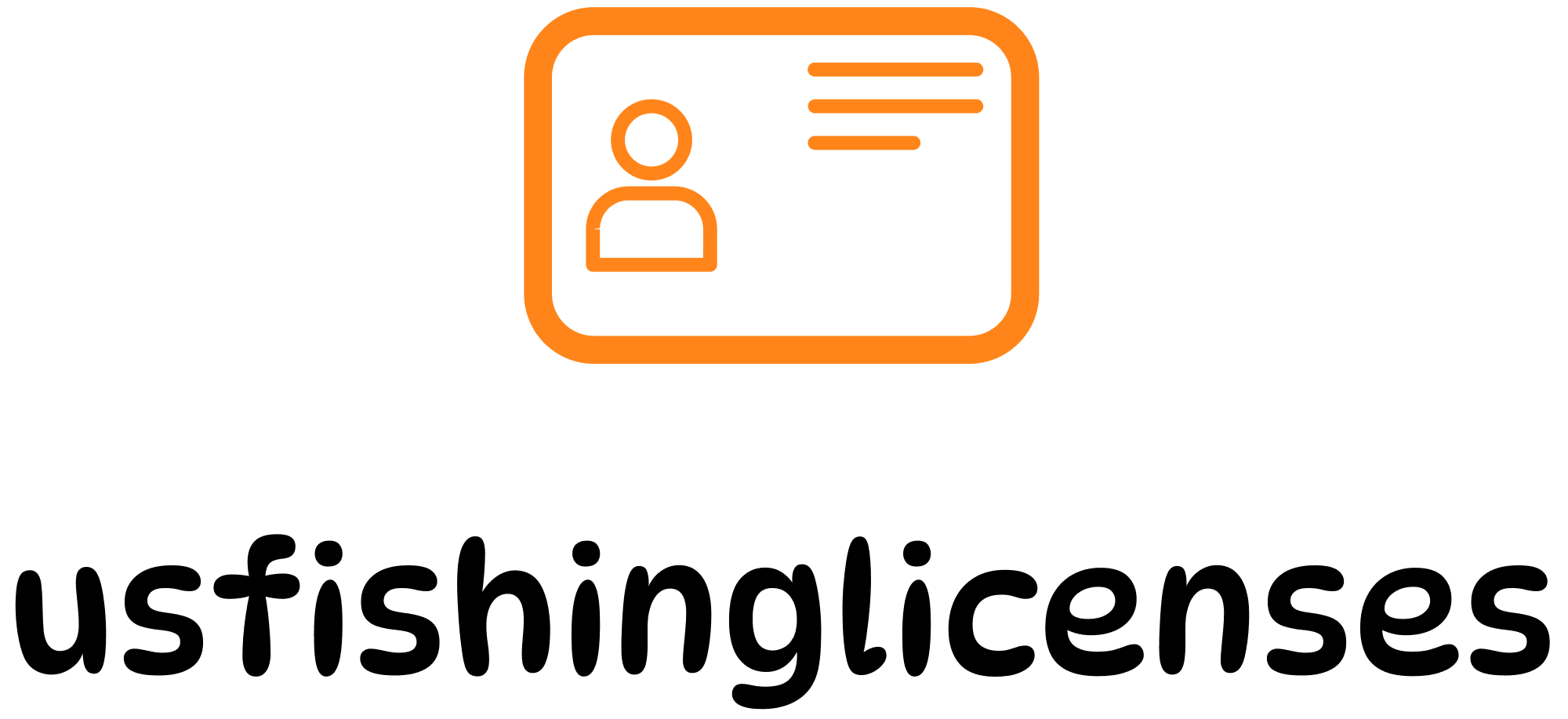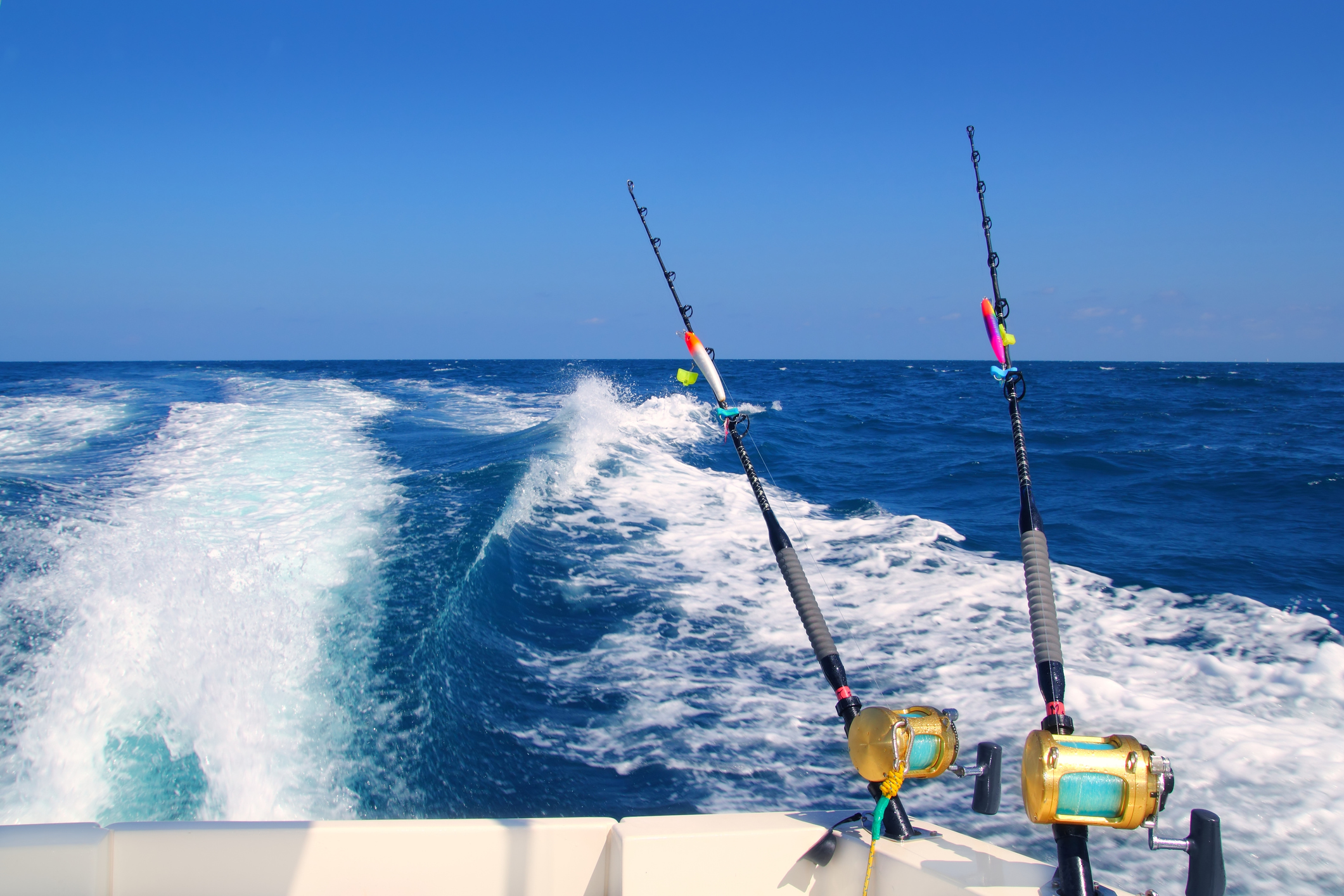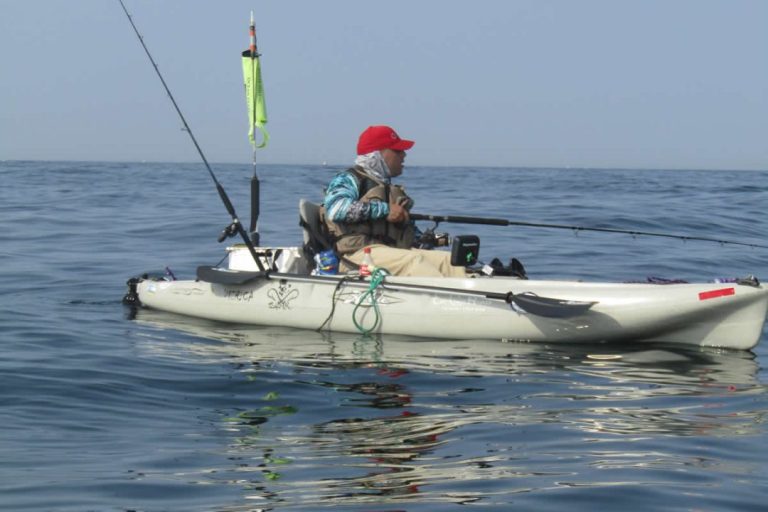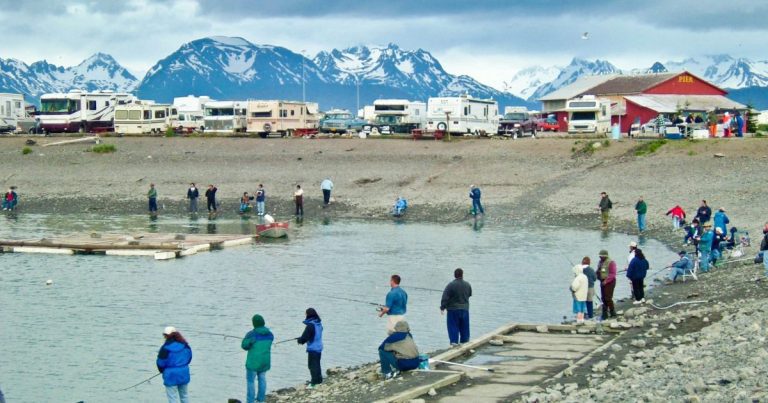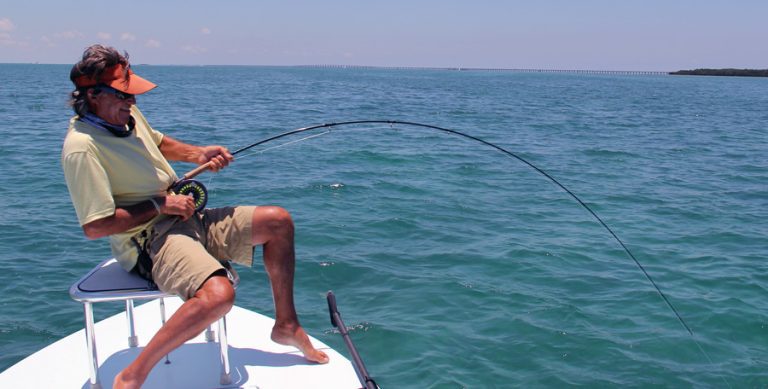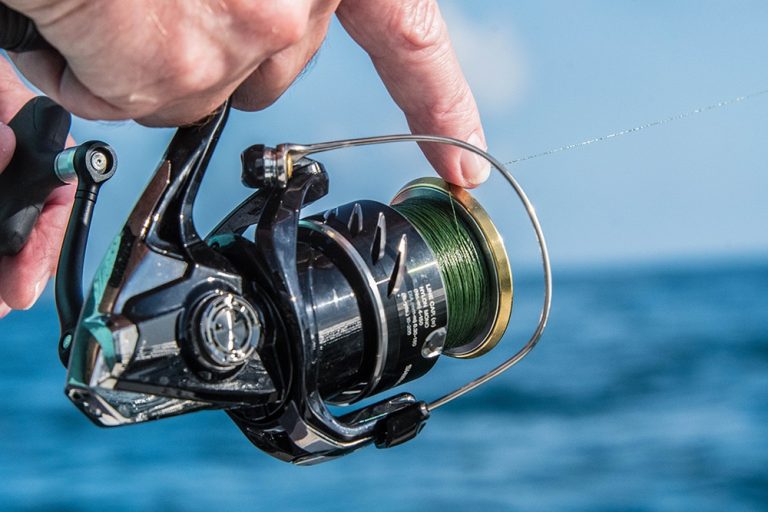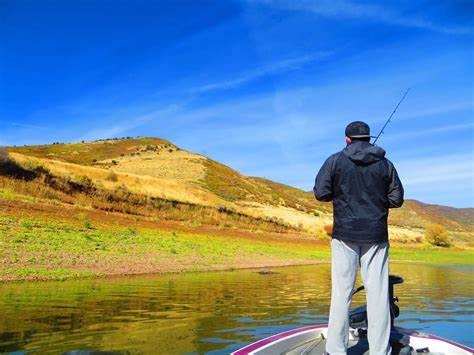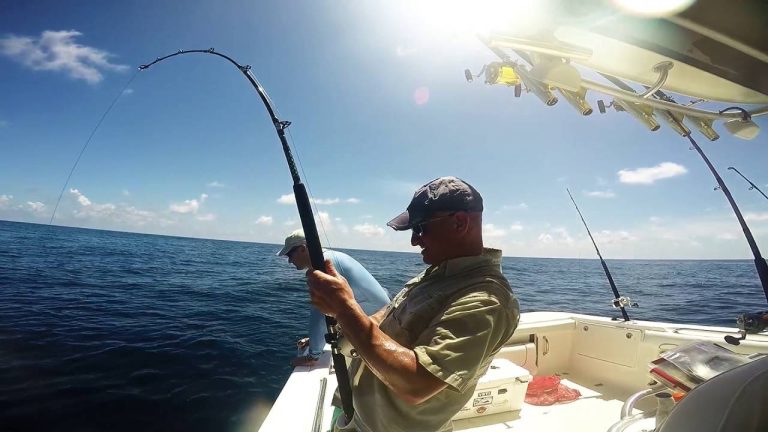Spring in Florida marks the beginning of prime fishing season as warming waters trigger increased feeding activity and spawning behavior across numerous fish species. Whether you’re casting from the shorelines of the Forgotten Coast, exploring Tampa Bay’s flats, or venturing offshore in the Keys, understanding where to fish, what species are active, and licensing requirements is essential for a successful angling adventure. This comprehensive guide covers everything you need to know for your Florida spring fishing expedition.
Top Spring Fishing Hotspots in Florida
Florida’s diverse waterways offer exceptional spring fishing opportunities across multiple regions. Here’s where the action is hottest from March through May:
Florida’s Forgotten Coast
The pristine waters of Florida’s Panhandle region become especially productive during spring months.
Shore Fishing Highlights:
- Pompano and whiting run along beaches, particularly near sandbar breaks
- Best baits include FishGum, Sand Flea Fishbites, Pink E-Z Shrimp, or fresh shrimp
- Cast 15-25 feet toward sandbar breaks for optimal results
- Late spring brings Spanish mackerel (switch to Silver Spoons)
Bay Fishing Opportunities:
- Target trout, redfish, and flounder around oyster beds and drop-offs
- Most effective lures include MirrOlures, Gulp Baits, and live shrimp
- The area near bird sanctuaries and old bridge remnants offers consistent action for black drum and whiting
Freshwater Options:
- Apalachicola River and Carrabelle River provide excellent spring bream fishing
Tampa Bay Area & Central West Coast
The central west coast offers diverse fishing environments from shallow grass flats to nearshore reefs.
Inshore Fishing:
- Snook become more active around mangrove areas and narrow inlet passes
- Redfish school around reefs and grass flats
- Speckled Trout prepare for spawning in deeper channels and around bridges
Nearshore Fishing:
- Surface feeding species like tarpon and jack crevalle become more active
- Schools of cobia and kingfish are readily available
- Reefs, wrecks, rock piles, and piers attract snapper, sheepshead, and flounder
South Florida & The Keys
The southernmost regions offer world-class spring fishing opportunities with unique species availability.
Tarpon Migration:
- Late March through early June marks prime tarpon season
- Target these “Silver Kings” in shallow waters around beaches and passes
- Known for spectacular leaps and powerful runs
Reef and Offshore Fishing:
- Spring brings excellent conditions for targeting snapper and grouper species
- Dolphin (mahi-mahi) begin to appear more frequently in April and May
Spring Species Guide by Region
Spring activates many of Florida’s most popular game fish. This table shows peak activity periods by region:
| Species | Northwest | Central West | Southwest | Southeast | Keys |
|---|---|---|---|---|---|
| Snook | Mar-May | Mar-May | Mar-May | Mar-May | |
| Redfish | Mar-May | Mar-May | Mar-May | Mar-May | Mar-May |
| Speckled Trout | Mar-May | Mar-May | Mar-May | Mar-May | Mar-May |
| Tarpon | Apr-May | Apr-May | Apr-May | Mar-May | Mar-May |
| Pompano | Mar-May | Mar-May | Mar-May | Mar-May | Mar-May |
| Cobia | Mar-May | Mar-May | Mar-May | ||
| Kingfish | Apr-May | Apr-May | Apr-May | Apr-May | Mar-May |
| Grouper | Apr-May* | Apr-May* | Apr-May* | Apr-May | Apr-May |
| Snapper | Mar-May | Mar-May | Mar-May | Mar-May | Mar-May |
*Note: Gag grouper season typically opens April 1 in Gulf waters
Inshore Spring Fishing Highlights
Spring creates ideal conditions for many inshore species:
- Snook and Redfish actively feed during spring spawning season
- Speckled Trout begin schooling in preparation for late spring spawning
- Pompano migrate in schools along beaches, making spring the prime season
- Tarpon begin their legendary migration from late March through early June
Nearshore and Offshore Highlights
As waters warm, offshore activity increases:
- Kingfish and Spanish Mackerel begin moving along the coast
- Cobia appear around structures and follow large rays
- Snapper and Grouper fishing improves around reefs and wrecks
- Dolphin (mahi-mahi) become more prevalent in southeast regions and the Keys
Florida Fishing License Requirements
Before heading out, ensure you have the proper license. Florida requires separate licenses for saltwater and freshwater fishing, with different options based on residency status.
Types of Fishing Licenses
Florida offers several license options to accommodate different needs:
- Saltwater Fishing License – Required for targeting saltwater species from shore, boat, or pier
- Freshwater Fishing License – Required for fishing in lakes, rivers, or ponds
- Combination License – Includes both freshwater and saltwater fishing privileges
- Sportsman’s License – Comprehensive package including fishing, hunting, and wildlife management area permits
- Lifetime License – One-time purchase providing lifetime fishing rights (residents only)
For non-residents, short-term options include 3-day, 7-day, and annual licenses.
Who Needs a License
A Florida fishing license is required for most anglers with some notable exemptions:
- Florida residents 65 years and older (must carry proof of age and residency)
- Children under 16 years old (both residents and non-residents)
- Those fishing from a licensed charter, pier, or boat rental with a valid commercial fishing license
- Persons with disabilities who have proper certification
How to Purchase a License
Obtaining a Florida fishing license is convenient through multiple methods:
- Online: Visit GoOutdoorsFlorida.com or use the Fish|Hunt FL app
- In Person: Purchase at a license agent or tax collector’s office
- By Phone: Call 888-FISH-FLORIDA (888-347-4356)
For more information on fishing license requirements across the United States, visit US Fishing Licenses for state-specific details.
License Costs
License fees vary based on residency status and duration. For the most current pricing information, visit the Florida Fish and Wildlife Conservation Commission (FWC) website. Processing fees may apply to online and phone purchases.
Florida Fishing Regulations and Conservation
Understanding and following regulations ensures sustainable fishing for future generations. Here are key rules to know:
Daily Bag and Size Limits
Regulations vary by species to protect fish populations:
- Redfish (Red Drum): Must be between 18-27 inches, with a bag limit of one fish per person per day in most regions
- Snook: Closed season from December to February, with legal size limits of 28-32 inches
- Grouper: Gag grouper season typically opens April 1 in Gulf waters
Prohibited Practices
Florida prohibits certain fishing methods to protect marine resources:
- Using snatch hooks for snagging fish
- Fishing for egg-bearing crabs
- Using multiple hooks with natural bait in certain waters
- Filleting fish or removing heads before completing the day’s fishing
Conservation Initiatives
The Florida Fish and Wildlife Conservation Commission (FWC) manages fish and wildlife resources for long-term sustainability, with a mission focused on “Managing fish and wildlife resources for their long-term well-being and the benefit of people.”
For complete and current regulations, visit the FWC’s official regulations page.
Spring Fishing Tips and Techniques
Maximize your spring fishing success with these season-specific tactics:
Inshore Tactics
- Early Morning/Late Evening: Target flats and mangrove shorelines during these prime feeding periods
- Follow the Bait: Spring brings massive bait migrations; find the bait to find predatory fish
- Adjust to Water Temperature: As waters warm, fish become more active in shallow areas
Species-Specific Techniques
- Pompano: Use bright-colored jigs bounced along sandy bottom near passes and beaches
- Snook: Target mangrove shorelines and dock structures with live bait or swimbaits
- Redfish: Focus on oyster bars and grass flats during high tide periods
- Tarpon: Use live crabs or large swimbaits around bridges and passes
Gear Recommendations
- Inshore Setup: 7′ medium-action rod with 2500-3000 size reel loaded with 10-15lb braided line
- Nearshore Setup: 7’6″ medium-heavy rod with 4000-5000 size reel and 20-30lb braided line
- Essential Lures: MirrOlures, soft plastic jerkbaits, topwater plugs, and gold spoons
- Live Bait Options: Shrimp, pinfish, pilchards, and crabs are all effective during spring
Conclusion
Spring offers perhaps the finest fishing conditions Florida has to offer. With warming waters, migrating species, and spawning activity, anglers have abundant opportunities across the state’s diverse waterways. By understanding hotspots, target species, and ensuring you have the proper license, you’ll be well-prepared for a successful fishing adventure in the Sunshine State.
Remember to check local regulations before your trip, as they may change annually, and always practice sustainable fishing methods to preserve Florida’s precious marine resources for future generations.
For more information on Florida fishing licenses and regulations, visit US Fishing Licenses or the Florida Fish and Wildlife Conservation Commission.
